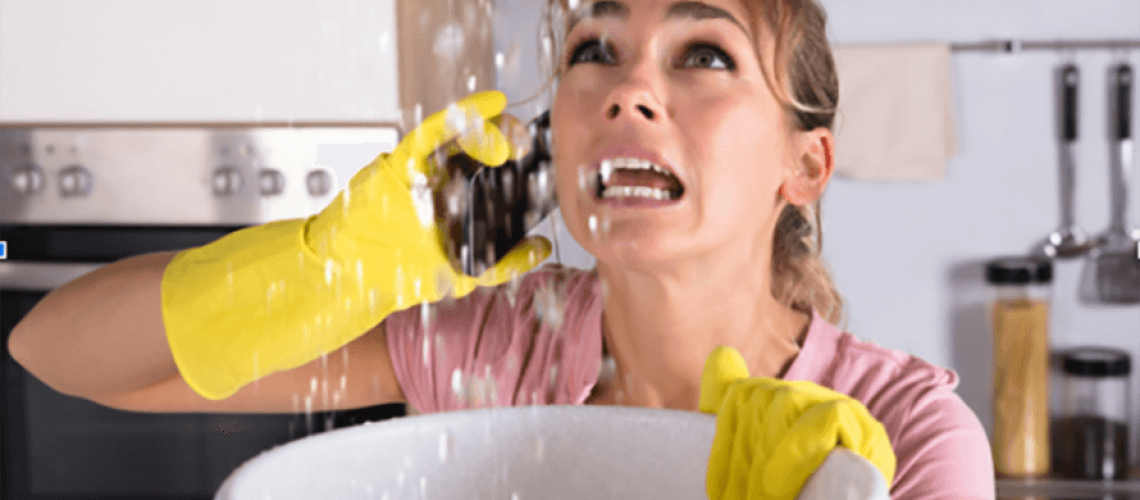Guide To Water Leakage Detection In The House
Guide To Water Leakage Detection In The House
Blog Article
Just about every person is bound to have their private way of thinking involving Detecting hidden plumbing leaks.

Early detection of leaking water lines can minimize a prospective disaster. Aside from conserving you money, it will reduce the worry as well as aggravation. The minute you discover a leak, calling your plumber for fixings is the very best solution. However, some tiny water leaks may not be visible. If you can not discover it with your nude eyes, below are some hacks that aid.
1. Take A Look At the Water Meter
Every house has a water meter. Inspecting it is a proven way that aids you discover leaks. For starters, switch off all the water sources. Make sure no person will purge, use the faucet, shower, run the cleaning machine or dishwashing machine. From there, most likely to the meter and watch if it will change. Since no one is utilizing it, there ought to be no motions. That suggests a fast-moving leakage if it relocates. If you find no adjustments, wait an hour or two as well as inspect back once more. This suggests you may have a slow leakage that can also be below ground.
2. Inspect Water Usage
If you find sudden changes, regardless of your intake being the exact same, it indicates that you have leakages in your plumbing system. An abrupt spike in your expense suggests a fast-moving leak.
A consistent boost every month, even with the very same routines, shows you have a slow-moving leakage that's likewise slowly rising. Call a plumber to completely check your building, particularly if you feel a cozy area on your flooring with piping beneath.
3. Do a Food Coloring Test
30% comes from toilets when it comes to water intake. Test to see if they are running properly. Drop flecks of food color in the container as well as wait 10 mins. There's a leakage in between the tank as well as dish if the color somehow infiltrates your dish during that time without flushing.
4. Asses Exterior Lines
Don't fail to remember to examine your outdoor water lines as well. Examination faucets by connecting a yard hose. Must water seep out of the link, you have a loosened rubber gasket. Change this and ensure all links are tight. It will aid get it expertly checked out as well as kept every year if you have actually got a sprinkler system. One small leakage can waste tons of water as well as surge your water costs.
5. Inspect as well as Evaluate the Circumstance
Home owners should make it a habit to check under the sink counters and also inside closets for any kind of bad odor or mold and mildew development. These two red flags indicate a leak so timely interest is needed. Doing routine assessments, even bi-annually, can save you from a significant trouble.
Extra notably, if you understand your house is already old, maintain a watchful eye on your heating systems, hose pipes, pipes and so on. Check for discolorations and also damaging as a lot of appliances and also pipes have a life expectancy. They will certainly likewise naturally wear away because of wear and tear. Do not wait for it to intensify if you suspect dripping water lines in your plumbing system. Call an expert plumber immediately so you do not end up with a terrible mess in your house.
Early detection of dripping water lines can mitigate a prospective catastrophe. Some little water leaks might not be visible. Inspecting it is a proven way that assists you uncover leaks. One little leak can squander bunches of water as well as increase your water costs.
If you suspect leaking water lines in your plumbing system, do not wait for it to escalate.
WARNING SIGNS OF WATER LEAKAGE BEHIND THE WALL
PERSISTENT MUSTY ODORS
As water slowly drips from a leaky pipe inside the wall, flooring and sheetrock stay damp and develop an odor similar to wet cardboard. It generates a musty smell that can help you find hidden leaks.
MOLD IN UNUSUAL AREAS
Mold usually grows in wet areas like kitchens, baths and laundry rooms. If you spot the stuff on walls or baseboards in other rooms of the house, it’s a good indicator of undetected water leaks.
STAINS THAT GROW
When mold thrives around a leaky pipe, it sometimes takes hold on the inside surface of the affected wall. A growing stain on otherwise clean sheetrock is often your sign of a hidden plumbing problem.
PEELING OR BUBBLING WALLPAPER / PAINT
This clue is easy to miss in rooms that don’t get much use. When you see wallpaper separating along seams or paint bubbling or flaking off the wall, blame sheetrock that stays wet because of an undetected leak.
BUCKLED CEILINGS AND STAINED FLOORS
If ceilings or floors in bathrooms, kitchens or laundry areas develop structural problems, don’t rule out constant damp inside the walls. Wet sheetrock can affect adjacent framing, flooring and ceilings.
https://www.servicemasterbyzaba.com/blog/how-to-detect-water-leakage-in-walls/

Do you like reading about Hacks to detect leaks? Write a remark below. We'd be delighted to know your reactions about this blog post. Hoping that you visit us again later on. Enjoyed reading our blog entry? Please share it. Help others find it. Thanks a lot for your time. Come back soon.
Report this page